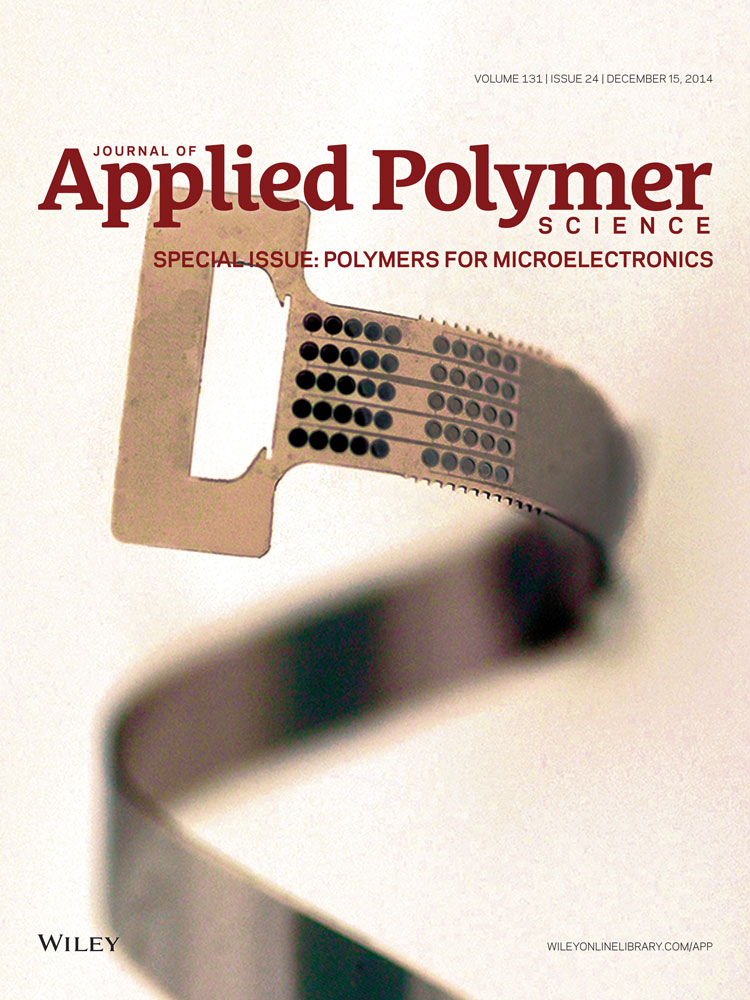Anomalous water absorption by microelectronic encapsulants due to hygrothermal-induced degradation
ABSTRACT
Epoxy molding compounds are widely used as microelectronic encapsulants to protect the electronic circuitry from moisture. Since these compounds are hydrophilic they impose a reliability risk, which is assessed by lifetime tests. The interpretation of these tests is generally based on Fickian absorption. However, this work demonstrates that water absorption by microelectronic encapsulants shows anomalous behavior due to hygrothermal-induced degradation of the material. Namely, experimental data show that the absorption by maiden samples is much slower than subsequent (de)sorption cycles, whereas the solubility depends on the highest water content that was reached in the history of the material. Moreover, at temperatures above glass transition the material might even physically decompose due to water exposure. Comparing these results with common theoretical models for anomalous water absorption shows that the experimental observed anomalies are most likely triggered by internal degradation of the encapsulant, which will impact the reliability assessment of epoxy encapsulated microelectronics. © 2014 Wiley Periodicals, Inc. J. Appl. Polym. Sci. 2014, 131, 41192.




